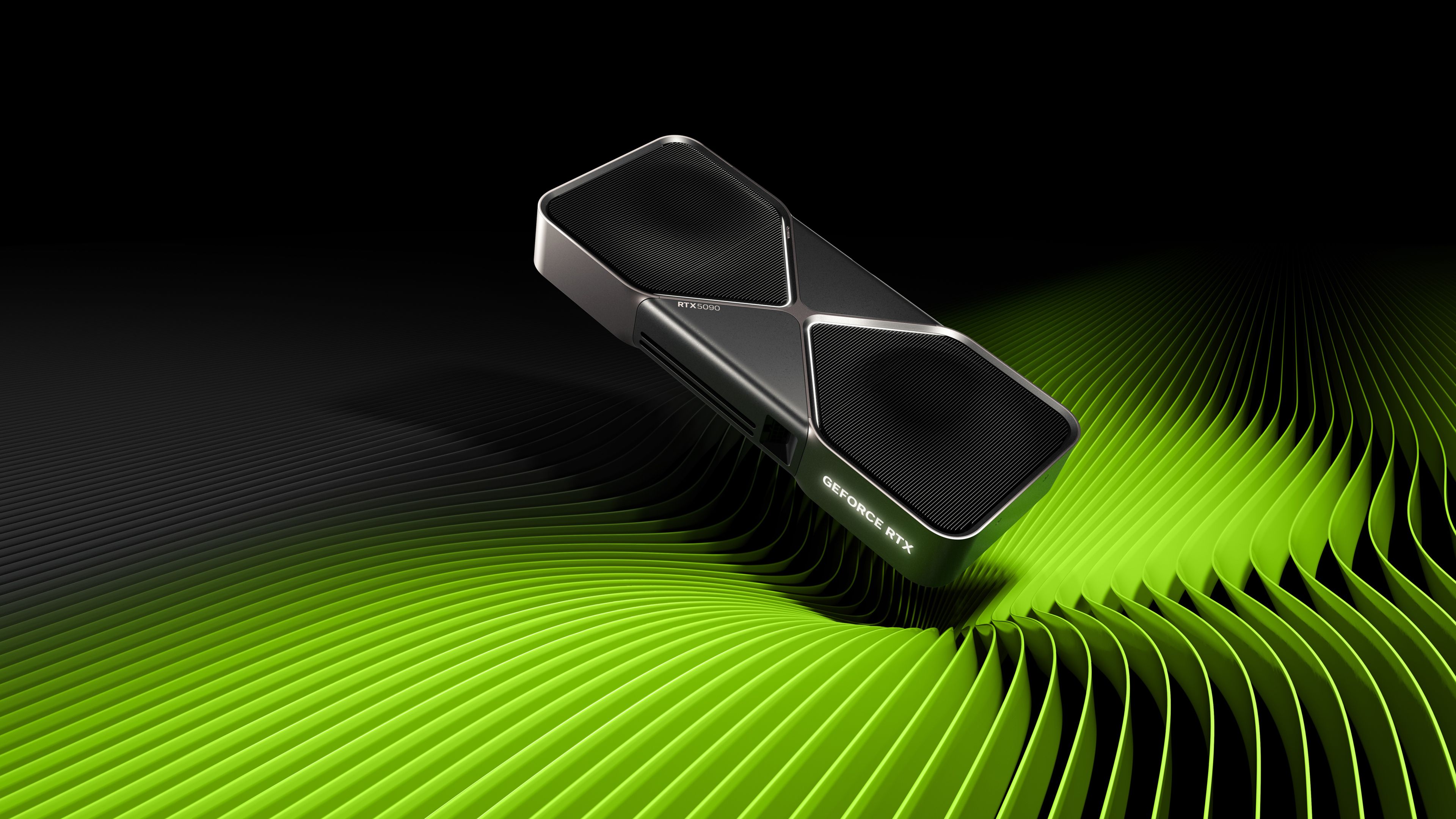NVIDIA’s RTX 5000 range of graphics cards pack a huge punch. But one of the biggest improvements of the new GPU range is the addition of DLSS 4, which promises better frame generation and upscaling to make your games feel as native as possible. You might now even be able to enjoy some of these improvements, even if you don’t have an RTX 5000 card.
Starting January 30, coinciding with the launch of the new RTX 5090 and 5080 GPUs, owners of older RTX cards (2000-series, 3000-series, and 4000-series) will receive the new DLSS 4 in a limited manner. RTX 4000 users will, for one, get enhanced Frame Generation capabilities. NVIDIA promises that these updates will reduce VRAM usage while simultaneously boosting performance and frame rates. It’s not full DLSS 4 that’s coming to these older cards—the Multi Frame Generation feature is still exclusive to RTX 5000 cards, likely because it relies on hardware improvements made on the new Blackwell architecture to work properly. But the standard Frame Generation feature is getting way better.
Older cards such as the RTX 2000-series, released in 2018, and the RTX 3000-series, released in 2020, will not get Frame Generation since it was first introduced with DLSS 3 on RTX 4000 cards. Their take on DLSS 4 will improve upon what DLSS 2 already does—upscaling and ray reconstruction. It won’t generate new frames from scratch, but you will get the improved upscaling and ray reconstruction from DLSS 4, which will net you higher-quality frames and better performance all around. The DLSS 4 update takes the improvements made on every step of the enhancement system and tries to apply them to the best of the older cards’ capabilities, which is amazing.
NVIDIA got criticized back in the day for not bringing DLSS 3 to older cards. These older cards can’t do frame generation, likely because the hardware in RTX 4000 and 5000 cards is better suited for AI processing and thus generating those frames, but they can certainly enjoy improvements and optimizations in a lot of other aspects.
This move is meant to give owners of older cards that don’t want to have to get something newer (for one, I paid an absurd amount of money for an RTX 3070 right amid the great GPU shortage) a breath of fresh air to their cards, to let them squeeze their hardware as long as possible. If you pay upwards of $1,000 for a graphics card, it’s not the best feeling to see a new card come out just two years later that performs better for a fraction of the price. The improved DLSS won’t make up for that, but it will allow you to keep using your card for longer, especially with newer games starting to target the newer cards.
DLSS 4 is arguably one of the biggest selling points for RTX 5000 cards, so one might see this move as something that makes buying the newer cards unnecessary—especially if you have an RTX 4000-series card, which is getting frame generation improvements. It might not be necessary if you already have an RTX 4000 card and it’s working well for you (especially since it’ll work even better). But as we pointed out above, older cards aren’t getting the full version of DLSS 4 and the biggest improvement, multi-frame generation (which generates up to three frames with AI from scratch for every frame actually rendered by the card), is still exclusive to RTX 5000. Plus, RTX 5000 packs a lot of other improvements that aren’t DLSS-related.
If you have one of these older cards, you’ll find these improvements to be a nice upgrade to your gaming experience. But it doesn’t take away from the fact that the RTX 5070 is an amazing deal if it lives up to its promise of performing like a 4090.
Source: TechRadar




